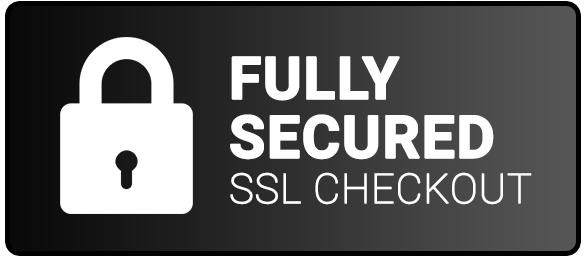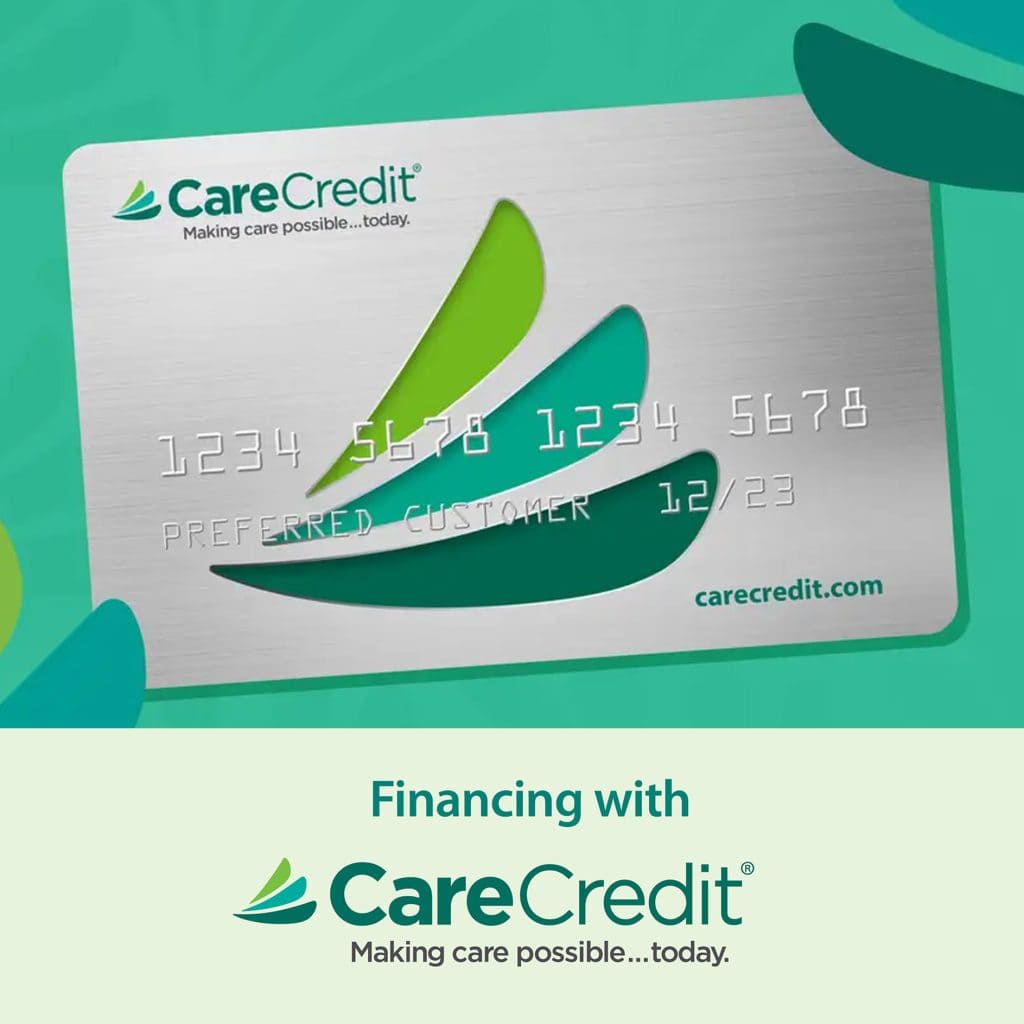Many statistics show that people with hearing loss wait significant lengths of time—often an average of seven years—before getting their hearing checked. Over time, they are likely to have forgotten what it is like to have normal hearing and when using a hearing aid for the first time, some sounds seem very loud.
Here, we provide first-time users of hearing aids with resources and advice.
Adjusting Takes Time
When wearing your hearing aid for the first time, you may notice a stark difference in the way you hear sounds. If you’re like the many who have waited to visit an audiologist (a licensed hearing health professional who specializes in the diagnosis and treatment of disabling hearing loss), it is likely that your hearing loss has slowly been on the decline while left untreated. The brain, as an integral part of your hearing, has to re-learn how to filter and process the sounds collected by the ear canal and your new hearing aid(s). So, unfortunately, wearing a hearing aid isn’t a quick fix as adjusting takes time.
Worry not, because there are resources available to you as a new user of a hearing aid! Ask your audiologist about aural rehabilitation and if it would be a good fit for you. They are sessions that can encompass counseling, both auditory-visual and environmental training, and strategies for conversation. Though some sessions are able to be done at home on a computer, group sessions can be a good way to share similar experiences with others and break the cycle of social isolation often associated with hearing loss.
Patience, Patience
Now that we know why adjusting to your new hearing aid takes time, by extension you must be patient and consistent in wearing said hearing aid. In order to have accurate information to relay to your audiologist during follow up visits, the hearing aid must be worn consistently. Different environments and situations will provide a range of sounds, voices, and noises to put your hearing aid to the test.
Think of the fit of your hearing aid as an ongoing process: one that requires regular dialogue with your audiologist so that the fit might be adjusted based on your lived experience with it. Notice what tones are out of balance or what sounds are way too loud or soft and provide your feedback so that an adjustment can be made. You won’t be stuck with a hearing aid that doesn’t work for your needs as long as you make your needs known.
Remember Your Expectations
After living with your new hearing aid for a while, it can be a good idea to revisit the questions you raised during your initial fitting. What needs did you discuss with your doctor during your fitting? What specifications did you have for your hearing aid? Does it fit your lifestyle as you hoped?
Remember that the purpose of the hearing aid is to help you, rather than you sacrificing your hearing health and well-being because of the rigid device. A good physical fit, device maintenance, and readjustments as your hearing changes over time are all expectations you deserve to have met. Also, as with any other health professional, feel free to ask for a second opinion if you feel like there may be other options available to you.
Your New Companion
As you navigate new terrain with a new companion, trust that your hearing aid is there in your best interest. The more attention you pay to your hearing aid, especially when you are first acquainted with it, the better it be able to serve you. You might think of it like a car: a major investment designed to make life easier that requires level of regular maintenance. A hearing aid is indeed a major investment—financially and with regard to lifestyle.
Hearing aid prices can be anywhere between $1,600 and $3,000 for a single aid and they are often not covered by Medicaid, though it varies by state, and it can also impact your lifestyle greatly. You find yourself emboldened to attend family gatherings and social outings that once seemed daunting because of your hearing loss. You are more successful at work and find that other areas of your health are improving, too. You will find that with patience and consistent attention, your new hearing aid can serve you well.






